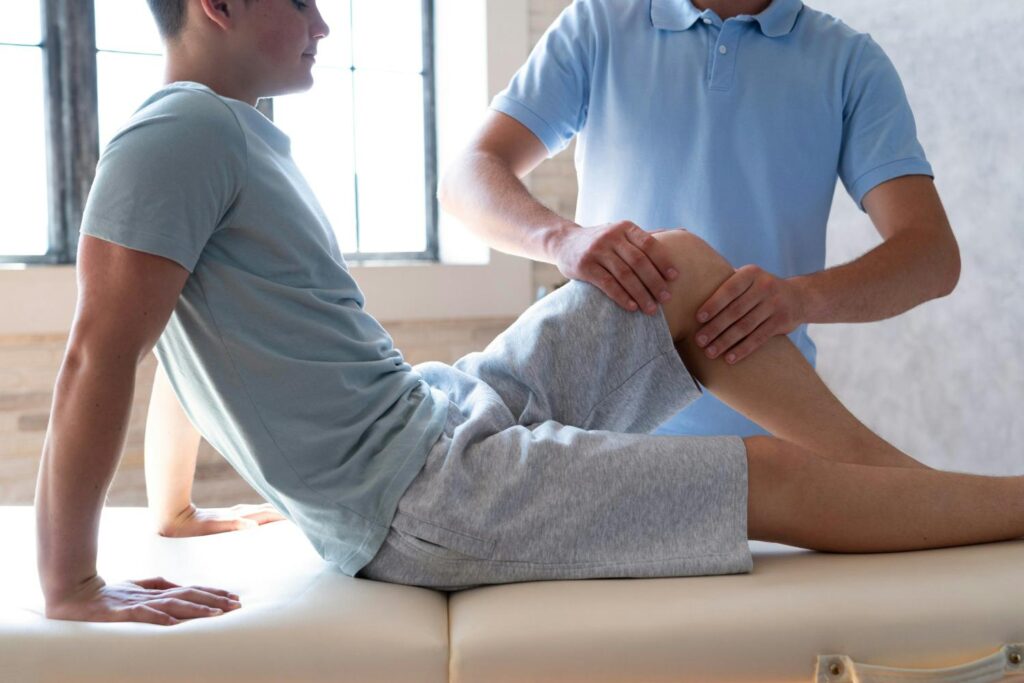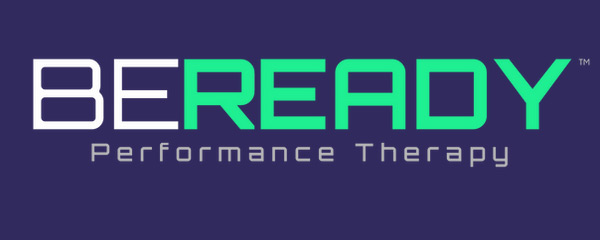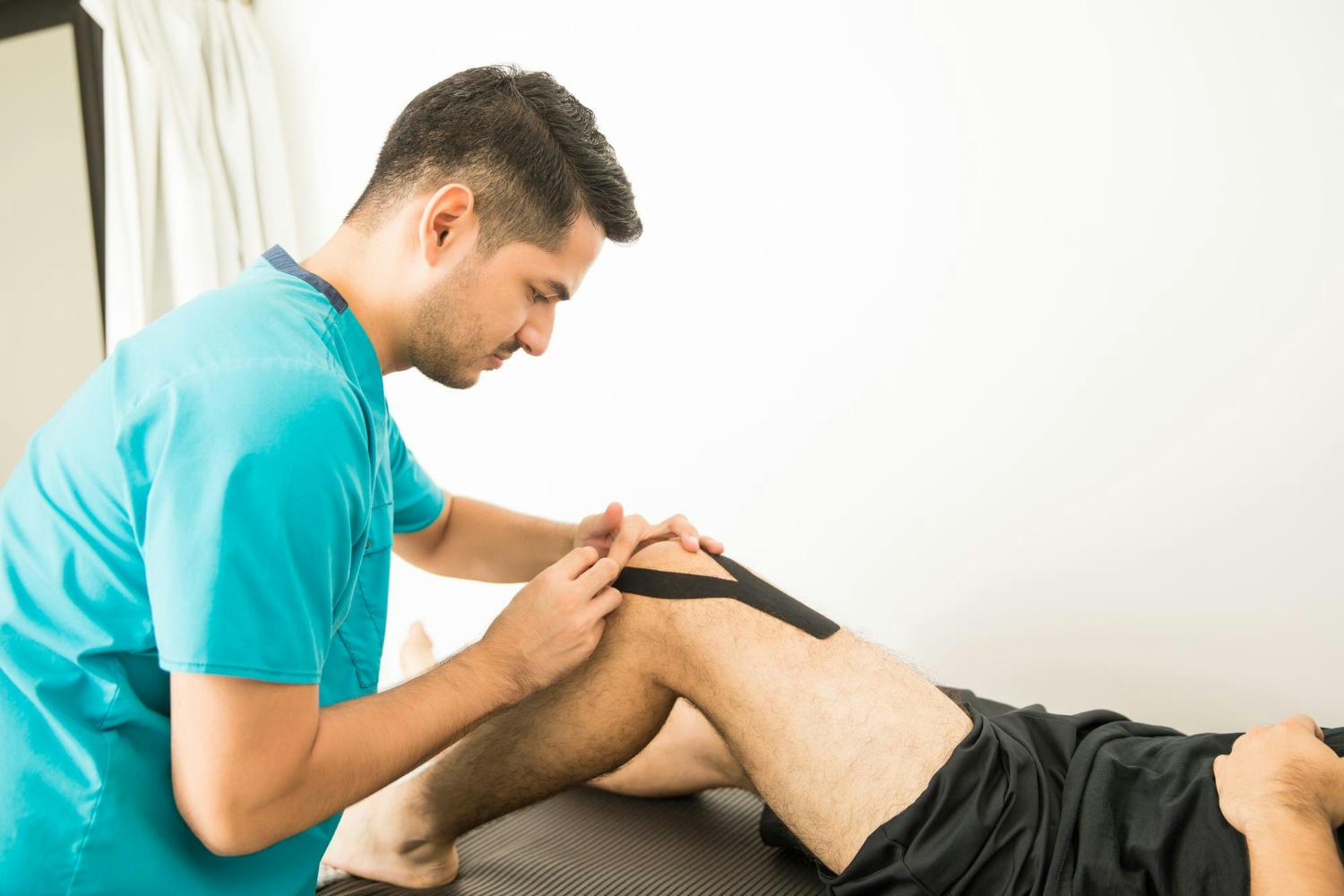Introduction
Knee pain can be a persistent and bothersome issue for many individuals, impacting their ability to lead an active lifestyle. Whether caused by injury, overuse, or conditions like arthritis, finding effective relief is crucial. In recent years, a technique known as dry needling for knee pain has gained popularity as a potential solution.
In this article, we will explore the ins and outs of dry needling, its specific application for knee pain, and its overall effectiveness in providing relief for individuals suffering from knee discomfort.
What is Dry Needling?
Dry needling is a therapeutic approach involving the precise insertion of thin needles into specific trigger points within muscles, tendons, or connective tissues. Unlike acupuncture, which is rooted in traditional Chinese medicine, dry needling is firmly based on Western medicine and anatomy.
Dry needling is a treatment method for muscle trigger points. This study aims to explore how dry needling affects pain in individuals with knee osteoarthritis.
The technique focuses on addressing trigger points—tight bands of muscle fibers causing pain and discomfort. Through the insertion of needles, dry needling aims to release these trigger points, leading to improved blood flow, reduced muscle tension, and, consequently, pain relief.
Dry Needling for Knee Pain
Knee pain, stemming from factors like injury, inflammation, or conditions such as arthritis, can find effective treatment with trigger-point dry needling for musculoskeletal and joint pain. Dry needling knee pain approach focuses on specific trigger points, using needles to stimulate tension release and promote the body’s natural healing processes, providing relief for those with knee pain.
While dry needling isn’t widely used as a treatment in the U.S., it is more common in other countries. In the United Kingdom, for instance, dry needling is used to manage knee pain in osteoarthritis patients waiting for joint replacement surgery. Additionally, it contributes to improving the range of motion in the affected area. Consider discussing inclusion criteria with your healthcare professional for personalized treatment.
Effectiveness of Dry Needling for Knee Pain Relief

Research Findings
Dry needling has gained popularity in treating musculoskeletal pain and related issues, either on its own or alongside other therapies. Backed by systematic reviews, dry needling helps knee pain, particularly for patients with orthopedic injuries. Studies show they trigger physiological responses, reducing pain and enhancing knee function. This strong scientific backing establishes them as valuable therapeutic options.
Patient Reports
Patient testimonials consistently highlight the positive impact of dry needling for patients with knee osteoarthritis. Many report reduced pain and improved mobility, contributing to the growing anecdotal evidence supporting the benefits of incorporating dry needling into knee pain management strategies. This approach not only enhances function in patients but also underscores the potential of dry needling for comprehensive knee care.
Success Stories and Testimonials
Real-life success stories and testimonials offer firsthand insights into the transformative effects of dry needling for the treatment of knee osteoarthritis. These narratives detail the journey from discomfort to relief, providing inspiration and a relatable perspective for those considering dry needling. Many report improvements not only in pain but also in joint range, highlighting the comprehensive benefits of this targeted approach.
Comparison with Traditional Treatments
In contrast to traditional knee pain treatments, dry needling’s targeted approach focuses on specific trigger points, addressing the root causes of pain, particularly in the case of myofascial pain. This precision makes it a distinctive and potentially more effective option for targeted relief. Moreover, it serves as a valuable complementary therapy and is often integrated with manual therapy, enhancing the overall approach to managing knee discomfort.
Safety of Dry Needling for Knee Pain Relief

Practitioner Training and Certification: Practitioners undergo rigorous training and certification specifically for dry needling techniques, particularly for knee injuries, ensuring that those performing the procedure are well-trained and qualified. This expertise enhances the effectiveness of treatment sessions for individuals seeking relief from knee pain.
General Safety: Dry needling, using filiform needles, is generally safe for most individuals. However, mild side effects such as temporary soreness or bruising may occur, impacting pain levels temporarily. These effects are outweighed by the beneficial effects on reducing overall pain and improving function in the long term. Healthcare professionals often use specific outcome measures to assess the success and individual response to dry needling for knee pain relief.
Consultation with Healthcare Professionals: It is crucial for individuals, especially those with specific medical conditions, to consult with a qualified healthcare professional before undergoing dry needling treatment in patients. This precaution is particularly important for conditions like muscular pain, ensuring a tailored and safe approach to the treatment. This consultation contributes to preserving and enhancing physical function during and after the dry needling sessions.
Clear Communication: Patients should openly discuss any concerns, medical history, or pre-existing conditions to ensure a safe and personalized approach to addressing knee pain through dry needling, considering the frequency of sessions and the ideal times per week for their specific needs. This discussion may involve a secondary analysis to refine the treatment plan based on individual considerations.
Seeking Dry Needling Treatment for Knee Pain Relief
Choosing a qualified practitioner is crucial for a positive experience with dry needling by physical therapists for knee pain. Research and select a licensed professional, communicate pre-existing conditions and expect minimal discomfort during the session. Consider the cost of dry needling in your decision-making process.
When you’re ready to prioritize your knee health, trust the expertise of professionals here at Be Ready Performance Therapy. Expect minimal discomfort during the session, and post-session recovery may involve gentle stretching and hydration, with many reporting improvements in knee pain and function.
Conclusion
In conclusion, dry needling emerges as a viable and effective option for individuals seeking relief from knee pain. Its targeted approach to trigger points, coupled with promising research findings and positive patient experiences, positions it as a valuable tool in the realm of pain management. As always, consulting with a healthcare professional to determine the suitability of dry needling for individual cases is crucial.
FAQs
Q1: Can dry needling treat arthritis?
A1: Dry needling may offer relief for painful knee osteoarthritis by addressing trigger points and reducing muscle tension in the knee joint, particularly beneficial for those with myofascial pain syndrome. However, it’s essential to consult with a healthcare professional for a comprehensive treatment plan, especially when considering dry needling for knee arthritis.
Q2: What not to do after dry needling?
A2: Avoid Strenuous Activities: It’s advisable to steer clear of strenuous activities for the remainder of the day after undergoing dry needling, especially to manage any temporary soreness or bruising associated with muscle pain and soft tissue responses.
Apply Ice to the Treated Area: Help manage any mild soreness by applying ice to the treated area, especially effective for addressing soreness in skeletal muscles. This can aid in reducing inflammation and providing relief, contributing to the overall positive effects of the dry needling session.
Stay Well-Hydrated: Ensure adequate hydration post-dry needling, as staying well-hydrated is crucial for the body’s recovery process and minimizing potential discomfort. This complements the effects of supportive therapies for comprehensive care.
Q3: How many times should you do dry needling?
A3: The frequency of dry needling sessions can vary depending on the individual and the severity of the knee pain, especially for those dealing with musculoskeletal pain. A healthcare professional can provide personalized recommendations based on the specific case, potentially integrating other modalities like electrical stimulation for enhanced therapeutic effects.


